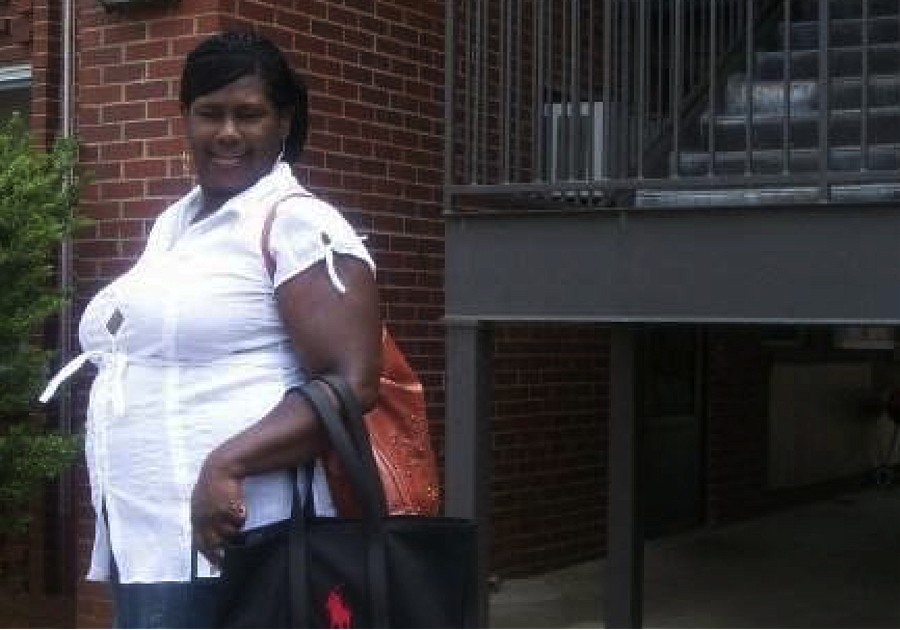With dramatic weight loss, Nashville diabetes counselor sets example
First Day Side Bar: Savitri R. Matthews, director of programs for the American Diabetes Association in Nashville, is walking proof that people can succeed in warding off the disease. Matthews used to weigh 296 pounds. Now, she weighs 138.
Tom Wilemon wrote the series, Diabetes Hot Zone, for The Tennesean with support from the 2012 National Health Journalism Fellowship a program of USC’s Annenberg School of Journalism. Other stories in this series include:
In pockets of Nashville, diabetes runs rampant

Savitri R. Matthews, director of programs for the American Diabetes Association in Nashville, is walking proof that people can succeed in warding off the disease.
After learning that her blood sugar level tested at the prediabetes level — just below the threshold for diagnosis — she lost more than half her body weight. Matthews used to weigh 296 pounds. Now, she weighs 138.
Her first step was keeping a food diary.
“I was taking in about 4,000 calories per day, but it didn’t seem like it,” Matthews said.
The first pounds came off through dieting, and then she turned to exercise. She started out walking, then began jogging. Now, she’s a member of Black Girls RUN!, an organization with 800 members in Nashville that is seeking others to participate.
Although lean people can become diabetic, about 80 percent of people with type 2 diabetes are overweight, said Ann Albright, director of diabetes prevention for the U.S. Centers for Disease Control and Prevention.
“There’s an old analogy from the 1920s,” Albright said. “Genetics loads the gun, and lifestyle pulls the trigger.”
Managing the disease and monitoring blood sugar levels can seem complicated. But uncontrolled diabetes can lead to heart disease, blindness, kidney failure and amputations.
Diabetics often need extra help in managing their diet, said Matthews, who previously was a diabetes case manager for United Neighborhood Health Services, which operates community health centers in Nashville’s diabetic hot zone.
“I used to do these things I called pantry makeovers,” Matthews said, “if a woman or man came to me and they really wanted to learn what foods were causing their blood sugars to go up and down.”
She put the foods that were worst for their condition on the top shelf where they were hard to reach, the best ones at eye level and the “so-so ones” on the bottom.
Many diabetics think sugar is the only thing they have to worry about, she said. But starchy foods like pasta can be just as bad.
“They are choosing a lot of bad carbs when they should be choosing more good carbs,” Matthews said.
Another obstacle for diabetics is the cost of testing strips. Every brand of glucose monitor requires a different testing strip. A box of 50 strips can cost as much as $40, she said, so many diabetics test their sugar levels only once a day instead of three times a day to make the supply last longer.
Too many people do not realize the obstacles that diabetics face, she said, telling how she has advised Hispanic mothers to buy low-carbohydrate tortillas that can cost more than twice as much as traditional tortillas.
“When you are trying to feed a big family, which one are you going to choose?” she said.
This story was originally published in The Tennesean on January 20, 2013
Photo Credit: submitted

